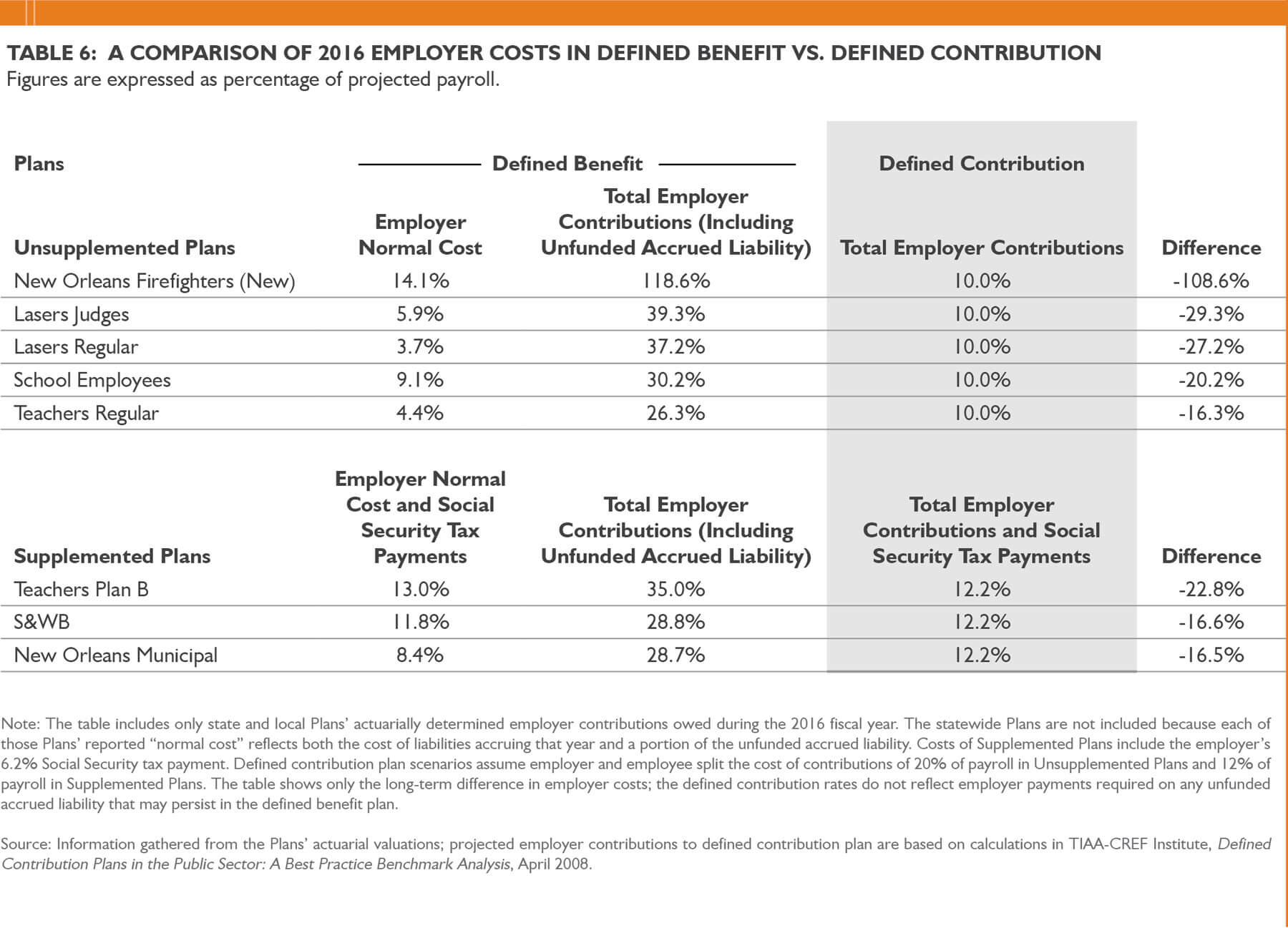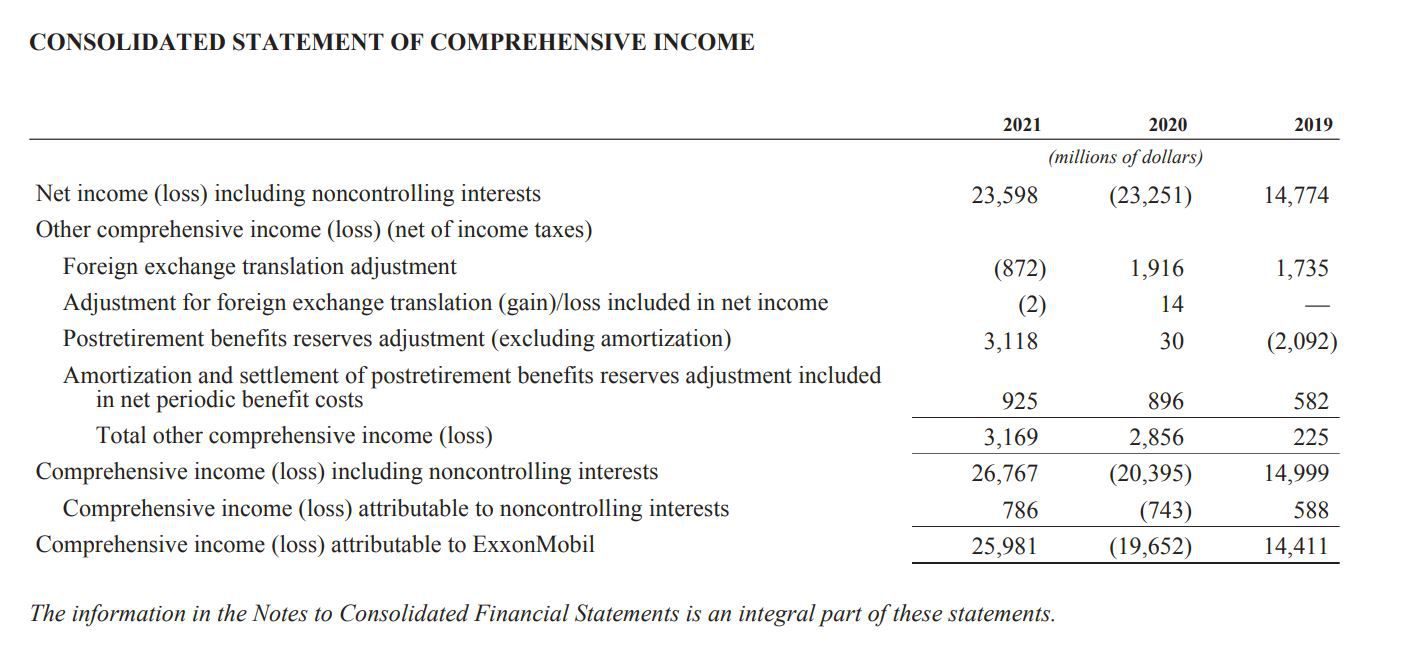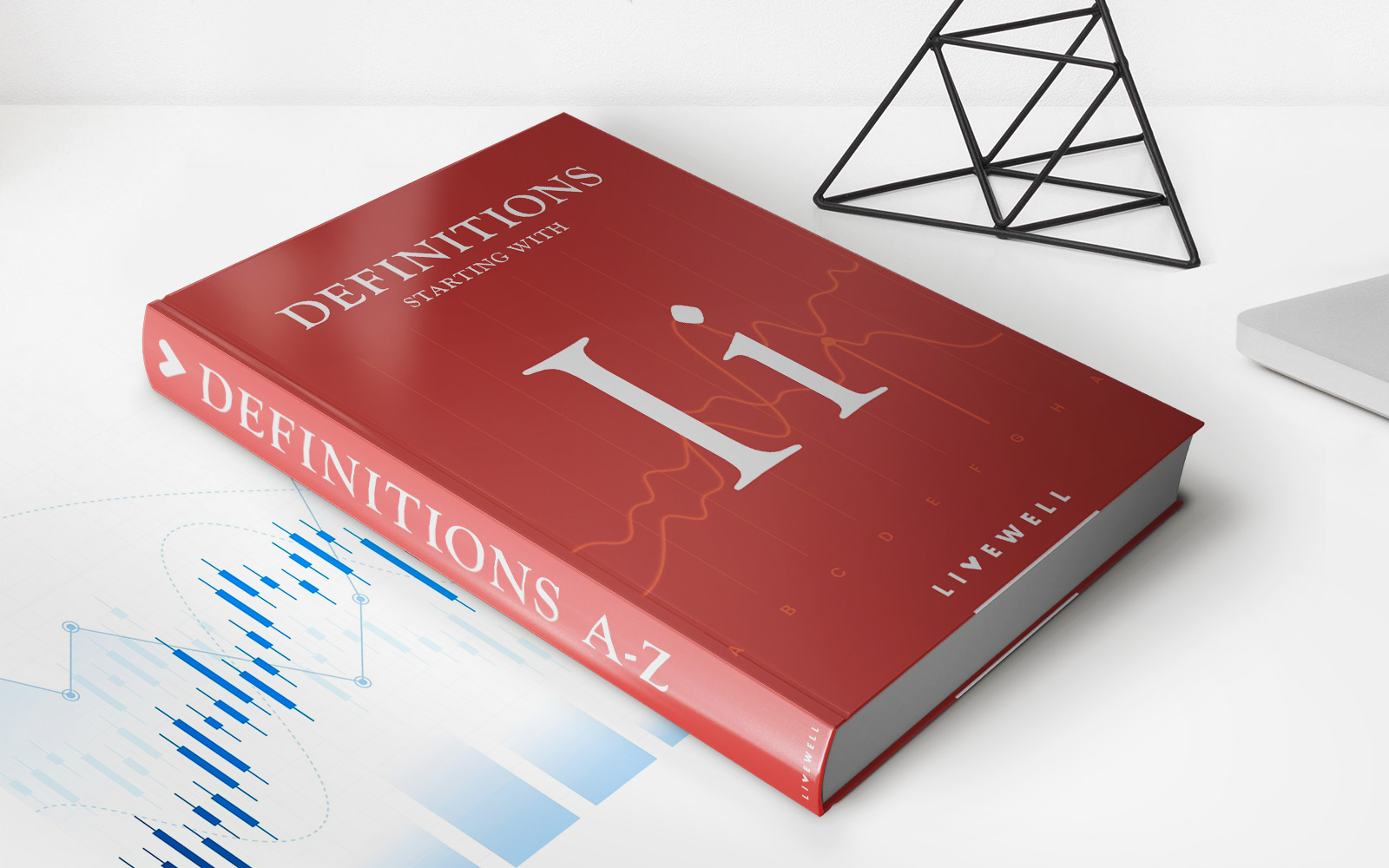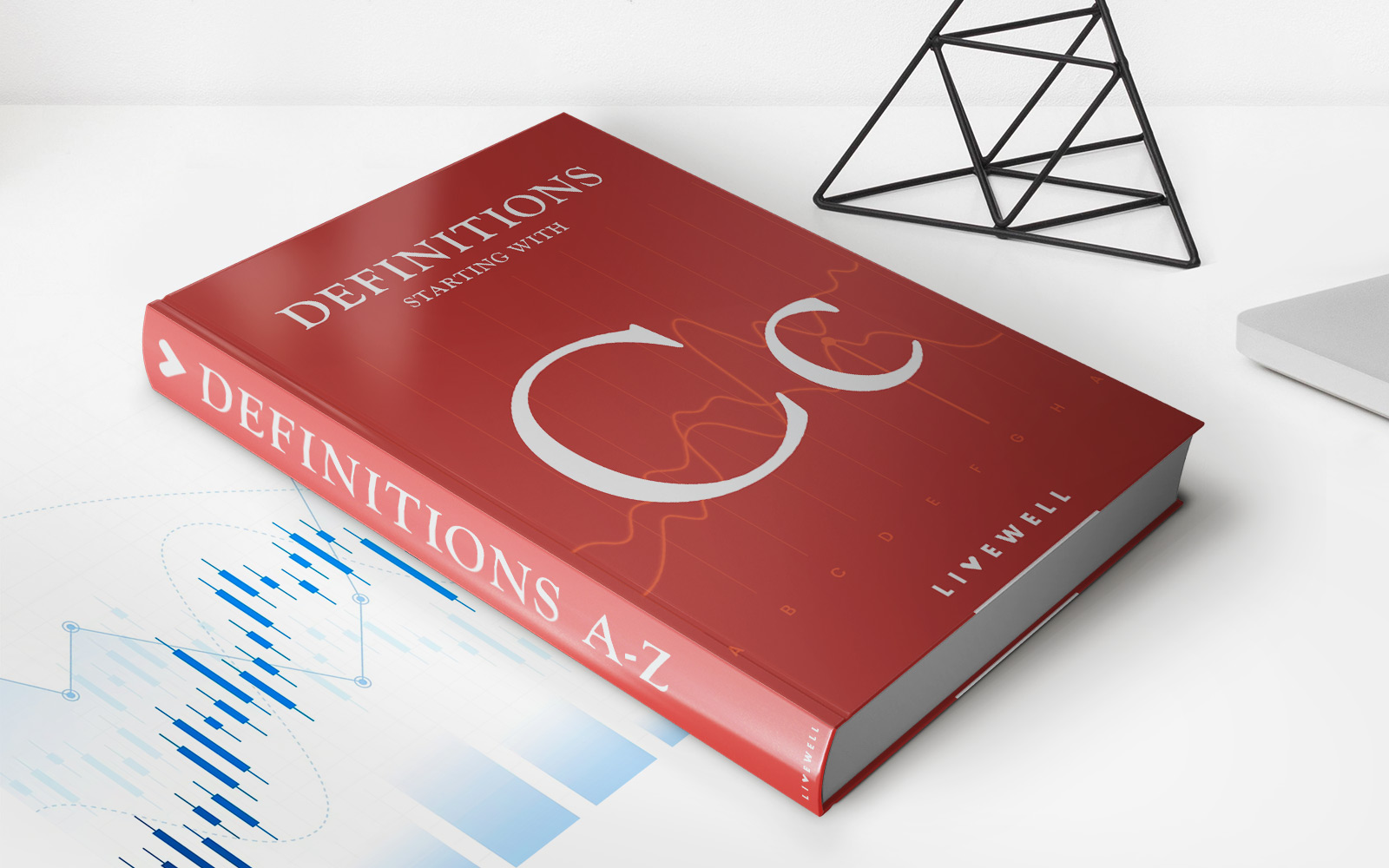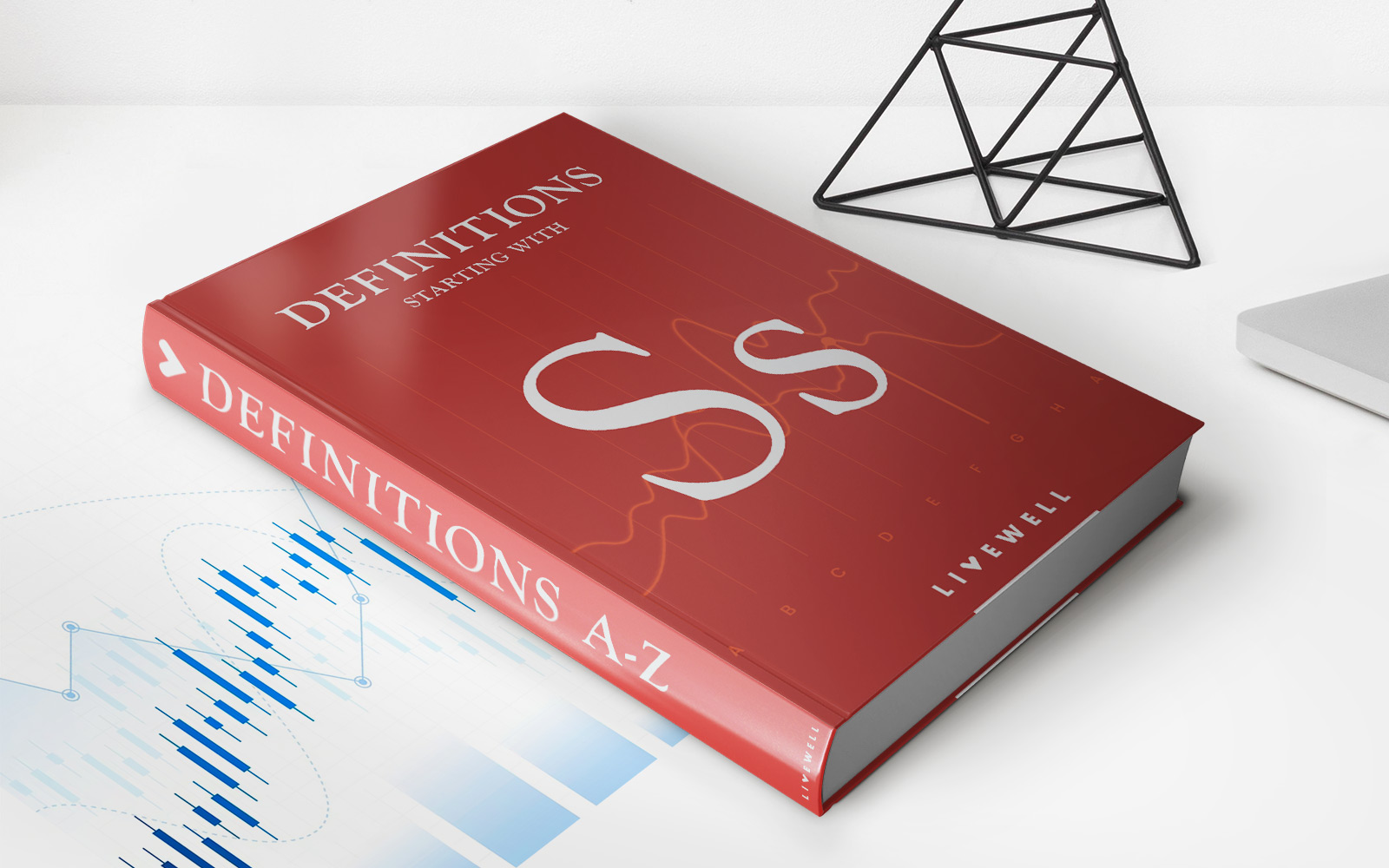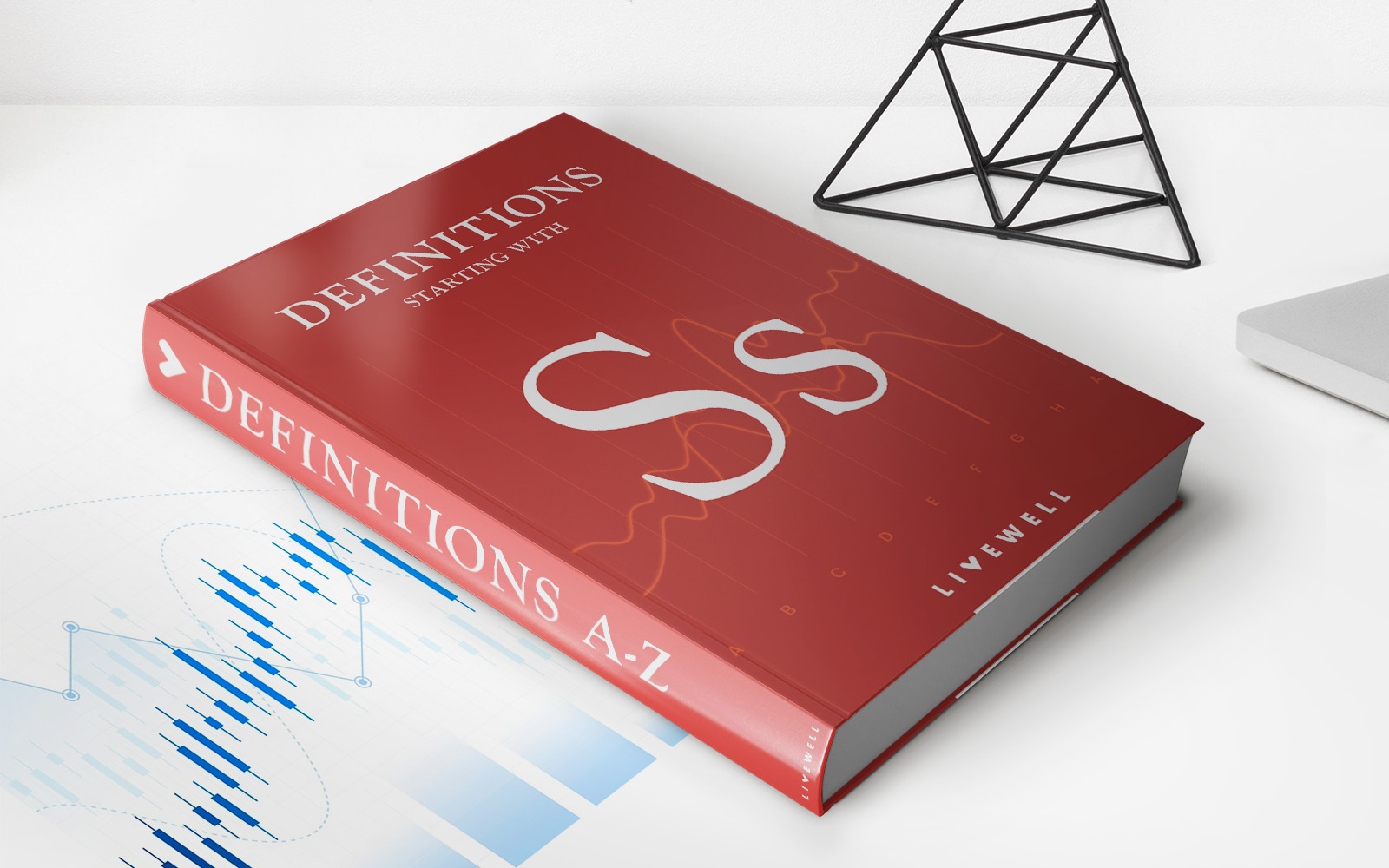Home>Finance>What Is A Defined-Benefit Plan? Examples And How Payments Work
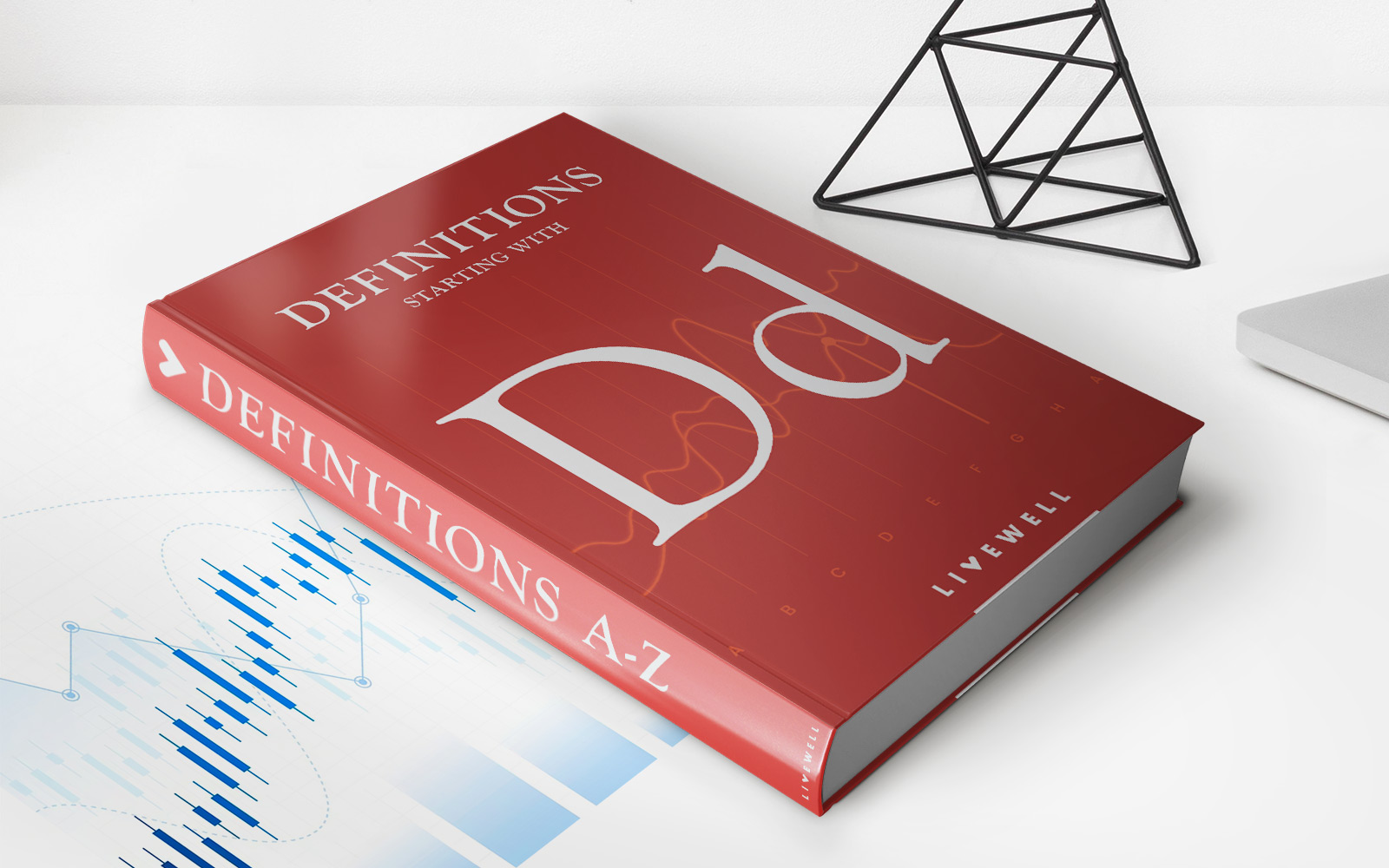

Finance
What Is A Defined-Benefit Plan? Examples And How Payments Work
Published: November 9, 2023
Discover what a defined-benefit plan is in the world of finance, along with examples and insights into how payments are structured.
(Many of the links in this article redirect to a specific reviewed product. Your purchase of these products through affiliate links helps to generate commission for LiveWell, at no extra cost. Learn more)
What Is a Defined-Benefit Plan? Examples and How Payments Work
When it comes to planning for retirement, many individuals rely on employer-sponsored pension plans, such as defined-benefit plans. But what exactly is a defined-benefit plan? And how does it work? In this article, we will explore the ins and outs of this type of retirement plan, providing examples and explaining how the payments are calculated and distributed. Let’s dive in and demystify the world of defined-benefit plans!
Key Takeaways:
- A defined-benefit plan is a retirement plan sponsored by an employer that guarantees a specific retirement benefit amount based on factors such as years of service and salary history.
- Payments from a defined-benefit plan are typically calculated using a formula that considers the employee’s years of service and average salary.
Understanding Defined-Benefit Plans
A defined-benefit plan is a type of retirement plan in which an employer promises to provide a specific benefit amount to employees upon retirement. Unlike defined-contribution plans (such as 401(k)s), where the retirement benefit depends on the contributions made and investment performance, defined-benefit plans offer a guaranteed payout based on predetermined factors.
These plans are typically funded by the employer, who assumes the financial responsibility for ensuring that the promised benefits are fulfilled. The amount of the retirement benefit is determined by a formula that takes into account factors such as the employee’s years of service and average salary.
How Payments Are Calculated
The formula used to calculate payments from a defined-benefit plan varies depending on the specific plan and its provisions. However, let’s take a look at a simplified example to illustrate how payments might be determined:
- The first step is to calculate the employee’s average salary over a predetermined number of years, usually the highest earning years. This is typically done by taking the average of the employee’s salary in those years.
- Next, the number of years of service is multiplied by a factor known as the accrual rate. The accrual rate represents a percentage of the average salary that the employee will receive for each year of service. For example, if the accrual rate is 1.5%, and the employee has 20 years of service, the result would be 30% (20 years x 1.5%).
- Finally, the product of the average salary and the accrual rate is multiplied by a modifier, which may take into account additional factors such as early retirement reductions or cost-of-living adjustments. This calculation yields the annual retirement benefit amount.
It’s important to note that payment calculations may vary based on the specific plan’s provisions, and some plans may have a maximum benefit limit.
Examples of Defined-Benefit Plans
Defined-benefit plans can be found in various industries and sectors. Here are a few examples of professions and organizations that commonly offer these types of retirement plans:
- Government agencies
- Public school systems
- Police and fire departments
- Trade unions
- Large corporations
These examples are by no means exhaustive, as many other organizations and industries also provide defined-benefit plans to their employees.
In Conclusion
Defined-benefit plans are valuable retirement benefits offered by employers to provide employees with a guaranteed income stream during retirement. Payments from these plans are typically calculated using a formula that considers factors such as years of service and average salary. It’s important for employees to understand the specifics of their individual plan to effectively plan for their retirement.



